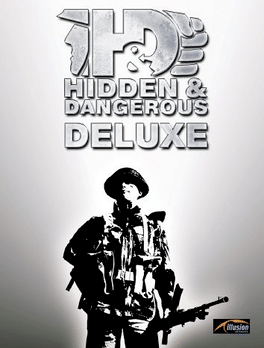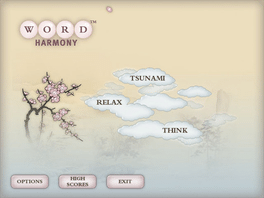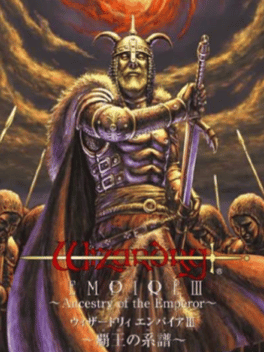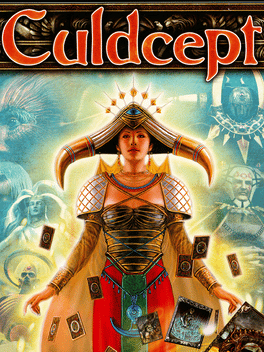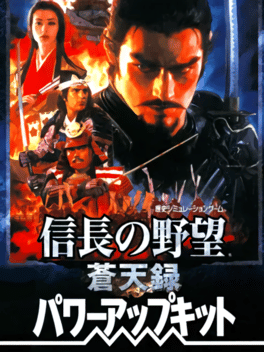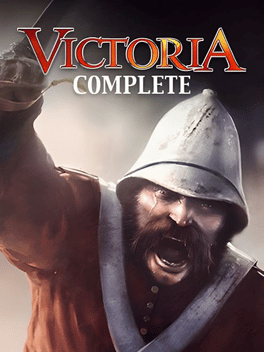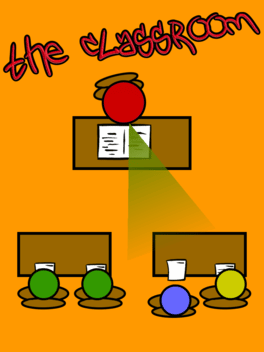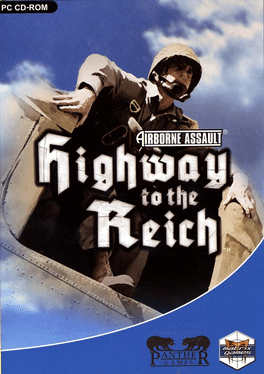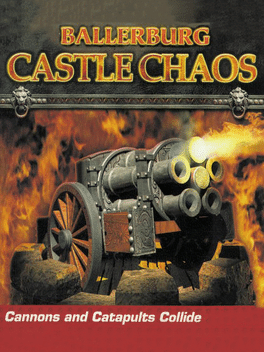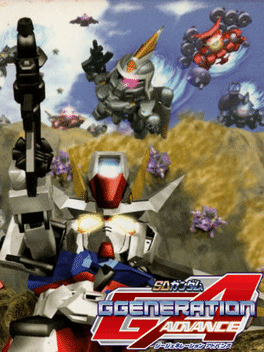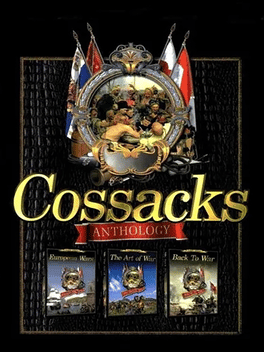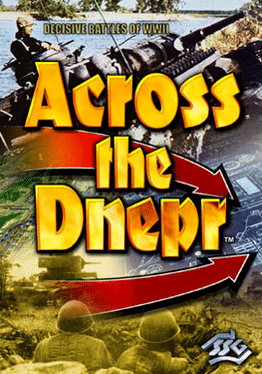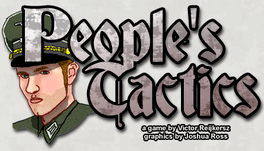New Strategy Games - Page 166
-
Wars and Warriors: Joan of Arc
2004
star 4.1The year is 1337. During this, the darkest of ages, the bubonic plague was rampant. Kingdoms rose and fell with every swift blow of the sword. The Old Continent was in a state of great upheaval, as English kings hastily attempted time and again to uphold their claim to the French throne, shaking this fragile kingdom to its very foundation. The hundred years' war had been unleashed. Relive the most intense battle scenarios of medieval Europe in this third-person 3D epic saga. Brandish your sword as you slay enemies amidst adrenaline-pumping action while you lead your troops to victory. Acquire new weaponry while you advance through eight massively gut-wrenching battle scenarios, each packed to the hilt with thousands of enemy troops to slay. Gain experience to obtain and unleash ever-more powerful combo attacks to devastate your foes. Slowly transform yourself from a single warrior into a forceful military leader as you develop and master the art of chivalry and tactical warfare. Become the greatest and most inspir -
Majokko Cream-Chan Gokko Series 1: Wan Nyon Idol Gakuen
2004
Majokko Cream-Chan Gokko Series 1: Wan Nyon Idol Gakuen is a Strategy game, published by Culture Brain, which was released in Japan in 2003. -
The Misadventures of Sir Randolph Doogleberry, British Explorer
2004
You are playing Randolph Doogleberry, an archaeologist who is inside an Egyptian tomb, searching for the pharaoh. Help Randolph to find him by mastering 45 levels. Each level has sinkable platforms, which will sink when Randolph moves over it. Once that happens, you never can use this platform again. Your job is now to sink all platforms in the level. If one or more platforms remain and you can't reach them, you have lost the level. But you can try the level so often as you want. -
Ochaken no Heya
2004
Ochaken no Heya
2004
Ochaken no Heya is a Simulation game, published by MTO, which was released in Japan in 2003. -
Far West
2003
Far West
2003
The goal in this real-time western strategy game is to become a cattle baron that rules the prairie. Typically, you start with a small ranch that can be extended by breeding herds and trading cattle. Indians, bandits and bounty hunters will be on the look-out, so you need to hire gunslingers in the saloons to protect your property. As the ranch grows into a small community, different buildings can be constructed: houses, cowboy quarters, sheds, storehouses... After a while, you can also build your own towns with banks, hotels, churches, railroads, saloons and a sheriff's office. -
Word Harmony
2003
Word Harmony
2003
Word Harmony is a word game with a Japanese art theme, in which the player manipulates physically-simulated "letter balls" to accomplish different goals, depending on the mode. In Puzzle mode, the challenge is to match a set of words on a list by manipulating the balls through an often complex environment. Tsunami is a real-time mode in which the player must make words out of letters dropping into a pool. Finally, Think mode is a mental challenge in which the player must find a set of words that perfectly uses up all the letters provided. -
Wizardry Empire III: Ancestry of the Emperor
2003
The third game in Starfish's Empire spin-offs to the Wizardry franchise. -
Culdcept
2003
Culdcept
2003
star 8.9A strategy/board game that combines elements of Monopoly and Magic: The Gathering, Culdcept is a direct port of the Dreamcast title of the same name. Features include 480 different cards, 28 stages, and arenas designed by tournament champions from Japan. Initially released in America with a print run of only 30,000 copies the game was later re-printed in a "Game of the Year" edition in higher quantities. -
Victoria Complete
2003
Victoria Complete
2003
Carefully guide your nation from the era of absolute monarchies in the early 19th century, through expansion, colonization and social upheaval, to emerge as one of the great world powers by the dawn of the 20th century in Victoria Complete. Gather the wealth and strength required to stay ahead of your enemies, gain invaluable prestige and honor, and reform the nation into a free democracy. Or, drive your people down the grim road of tyranny, corruption, and anarchy... -
The Classroom
2003
The Classroom
2003
In The Classroom, the player controls a high school student called Alex who is in his last ten days of school and has to take an exam on each of those days. However, Alex does not study and would rather risk cheating to perform well in his exams. In each of the ten levels in the game, the player must fill their cheat meter completely by moving next to smart students (who are represented by yellow circles) and holding the left mouse button. -
Airborne Assault: Highway to Reich
2003
star 6The second game in the Airborne Assault series drops the player into World War II's Operation Market Garden. -
Ballerburg: Castle Chaos
2003
Cannons and catapults collide in this strategy/action game. Castles crumble to the ground in magical siege warfare. Protect your kingdom and conquer you opponents in explosive one-on-one action. Only the strong will survive. -
SD Gundam G Generation: Advance
2003
Another title in the SD Gundam G Generation franchise. This game follows the system of the Wonderswan G-Gen games, and features a crossover plot. -
Victoria: An Empire Under the Sun
2003
star 6.8Carefully guide your nation from the era of absolute monarchies in the early 19th century, through expansion, colonization and social upheaval, to emerge as one of the great world powers by the dawn of the 20th century in Victoria. Gather the wealth and strength required to stay ahead of your enemies, gain invaluable prestige and honor, and reform the nation into a free democracy. Or, drive your people down the grim road of tyranny, corruption, and anarchy... -
Cossacks Anthology
2003
Cossacks Anthology
2003
An anthology of the Cossacks game series, which includes: Cossacks: European Wars Cossacks: The Art of War Cossacks: Back to War -
Decisive Battles of WWII: Across the Dnepr
2003
An expansion pack to the strategy game Decisive Battles of WWII Vol 2: Korsun Pocket. It focuses around the military conflict known as Operation Barbarossa. -
People's Tactics
2003


